Walking a dog should be a relaxing and enjoyable experience for both you and your canine companion—but sometimes, it’s the exact opposite. One issue that comes to mind is leash aggression, which can turn peaceful strolls into a hassle. With that in mind, addressing leash aggression is key to the safety of your dog and others around. But where do you start? What measures do you take? This guide covers everything you need to know about how to stop leash aggression.
What Is Leash Aggression?
So, what is leash aggression? Leash aggression is a common issue many owners face, and it can make an otherwise well-behaved pet unpredictable and very reactive. It’s where your pet barks, lunges, or growls while on a leash. This behavior happens when dogs become aggressive or overly excited while restrained by a leash, which can be frustrating and, of course, problematic. Luckily, there are some measures you can take to solve this issue. It also helps to understand what causes leash aggression.
Common Causes of Leash Aggression
To manage dog leash aggression, you’ll need to ask the right questions. You may be wondering, for example, “why is my dog aggressive to other dogs on walks?” While every furry friend is unique, several key triggers commonly lead to leash reactivity.
1. Frustration
One of the most common culprits of leash aggression is frustration. Unlike off-leash dogs who have the freedom to approach or avoid other dogs or objects, leashed dogs can feel trapped. When dogs are on a leash, their instinct to explore and interact freely with their surroundings is restricted. This can lead to frustration in the form of aggressive behavior.
Frustration is often worse in high-energy dogs or breeds known for their independent and assertive tempers, like terriers and working breeds. Over time, this develops into a learned response, where Fido begins to associate the leash with frustration and reacts aggressively as a result.
2. Fear
Leash aggression is sometimes based on fear. A dog on a leash has limited escape options if they feel threatened or overwhelmed by their surroundings. This can cause them to perceive situations to be more dangerous than they would off-leash, leading to defensive or fear-based aggression.
Dogs with a history of trauma or negative encounters (such as being attacked by another dog or feeling cornered by a loud environment) are more likely to develop this problem. They may react aggressively not because they want more freedom to explore, but because they are trying to protect themselves.
To know if your four-legged friend is feeling afraid, check for signs like tucking their tails, avoiding eye contact, or showing their teeth before lunging or barking at the trigger.
3. Poor Socialization
Socializing your pup at a younger age can do wonders in shaping their behavior. Dogs that are not properly socialized with other dogs, random strangers, or different environments during their early months often have leash aggression issues later on. The lack of exposure to potential triggers can make them anxious or insecure when faced with new things during walks.

This is why some leash-reactive dogs may become overwhelmed when they see unfamiliar dogs, people, or environments. By introducing little Fido to different situations in a controlled and positive way, you can prevent the chance of dog leash reactivity.
4. Over Excitement
Another possible reason behind leash aggression is overexcitement. Highly energetic dogs that don’t have enough physical or mental stimulation before a walk might become overstimulated when they come across new sights and smells. Their excitement can quickly turn into reactive behavior, particularly when they see another dog or object they want to approach.
This type of leash reactivity in dogs is common in puppies that haven’t yet learned how to control their impulses. Calming techniques, such as rewarding calm behavior and teaching impulse control, can come in handy here.
Ultimately, it’s all about understanding the cause. Be it frustration, fear, poor socialization, or over-excitement, the key is to handle the issue with patience and a clear plan for training. Pinpointing the reason will let you take the right measures to help your doggo stay calm and confident during walks.
How to Stop Leash Aggression: Proven Techniques
Managing dog leash aggression calls for a structured and patient approach. You’ll want to focus on behavior modification through positive reinforcement. Here are some effective ways you can address leash reactivity:
Proper Leash Training
Proper leash training is the basis of preventing leash aggression. It involves slowly getting your dog used to wearing a leash, collar, or harness. The key is to introduce it in a calm, non-threatening environment—such as indoors, where there are no distractions.
Start by letting your dog sniff the leash and wear it for a short time while giving them treats or toys to form a positive association. Once the little pooch feels comfortable, slowly introduce new environments. Try walking indoors first, then move to quieter outdoor spots before spreading to busier areas.
This gradual approach, which we call desensitization, helps your dog see the leash as part of a calm walk. Remember to reward calm behavior with treats or praise. And always remember—positive reinforcement works much better than yelling or punishment, which can make leash aggression even worse.
Avoiding Triggers
In many cases, leash aggression is due to a trigger of some sort. Triggers can range from seeing other dogs, cyclists, and joggers to hearing noises like traffic or sirens. After finding out the triggers, avoid overwhelming your dog with too much exposure at once. If your dog is reactive on a leash to other dogs, let’s say, try walking where it’s less crowded or when there’s little chance of seeing other dogs.
Gradually exposing your dog to these triggers at a distance they can handle without reacting is a key part of counter-conditioning. Over time, you can shorten the distance to the trigger as your dog becomes more comfortable. Keep rewarding calm behavior so that Fido associates staying calm with positive outcomes.
Distraction and Redirection Techniques
Of course, there are other solutions for stopping leash aggression. Distraction and redirection, for instance, help keep your dog calm around triggers, especially in busy areas. Teaching the “look at me” command shifts their focus to you. Carry your dog’s favorite treats to give it as a reward for looking at you. Timing is key—reward them as soon as they notice a trigger but before reacting. This approach, known as anticipatory training, helps your pet connect other dogs with positive experiences.

You can also use redirection when your dog starts to react. For example, if your dog tries to lunge at another dog, simply change direction or say "sit" or "heel." Redirecting your dog's energy teaches it to respond to commands rather than impulses.
The Role of Body Language
Did you know that your body language can influence your pooch’s behavior during walks? Dogs are incredibly perceptive and can sense tension, fear, or frustration in their humans. With that in mind, keep your shoulders loose and your breathing steady—and avoid pulling tightly on the leash, or Fido will think that there is something to be anxious about.
A loose leash allows your dog to feel less restricted. Also, avoid facing it head-on when they become aggressive, as this can feel confrontational. Instead, stand sideways and calmly give commands.
You can also use calming signals, like turning your back slightly or walking away, to defuse tense moments. These subtle gestures, along with a calm posture, show your dog that there’s nothing to worry about. By moving slowly and avoiding direct confrontation, you’ll be reassuring your furry friend and helping it stay relaxed on a walk.
Consistency in Commands
We can’t stress this enough—consistency is everything when managing leash aggression training. Your doggo needs clear, predictable commands, so mixed methods can confuse them. Create a simple set of commands like "heel" or "sit" and use them every time. Sticking to a routine can also speed up the progress.
You’ll also want to be consistent with your approach. This is just as important as using the same commands. Try to respond the same way each time your pet shows leash reactivity. For example, if you stop walking when your dog pulls, stick with that method to avoid sending mixed signals. Over time, it will learn that pulling or lunging will end the fun while staying calm means the adventure can continue.
Leash Aggression Training Tools and Aids
Using the right tools can make all the difference when dealing with leash aggression. Nothing too complicated—just a few simple items, such as the right types of dog leashes, can give you better control while keeping your canine companion calm and happy during walks. Plus, they can make training easier and more enjoyable for both of you.
Front-Clip Harness
A front-clip harness is a great option for pups that tend to pull. With the leash attached to the front of their chest, you can gently redirect your dog’s body when it pulls. This makes it easier for you to control its movements and ultimately reduce dog leash aggression over time. It’s also a safer, more comfortable alternative to traditional collars.

Training Leash
A longer training leash (often around 10-15 feet) gives your dog more room to explore while still keeping them under control. This is especially useful during training, allowing for more freedom without going completely off-leash. It comes in handy for working on recall or loose-leash walking in open spaces.
Clicker Training
A clicker is a small tool that helps encourage positive behavior. The sound marks the exact moment your dog does something right, like walking calmly or ignoring a trigger. Follow the click with a treat, and your dog will learn that staying calm brings good things. It’s a simple yet powerful way to keep leash aggression at bay.
With these tools and a little patience, you’ll find that walks become smoother and more enjoyable for both you and your furry friend. And remember, positive reinforcement goes a long way.

Rage Syndrome in Dogs: Is It Related to Leash Aggression?
Although it’s rare, rage syndrome in dogs is a condition that involves sudden bursts of aggression with little to no warning. It’s commonly linked with certain breeds, like Cocker Spaniels, English Springer Spaniels, and Bull Terriers, as it is believed to have a genetic requisite.
That being said, rage syndrome in dogs is not the same as leash aggression. If your dog shows sudden and severe aggression that seems unrelated to common triggers (like other dogs, people, or loud noises), consider reaching out to a vet or a certified behaviorist.
Tips for Maintaining Positive Leash Behavior Long-Term
Once your fluffy one shows improvement with leash aggression training, keeping up the good behavior takes some ongoing effort. Here are some long-term practices to help you maintain that calm, positive behavior during walks:
Consistency
Even after your dog improves, you’ll need to stick with the techniques that work. Keep using the same commands and routines that helped with the progress. Dogs thrive on consistency, and changing your approach can confuse them.
Regular Exercise
Dogs with pent-up energy are more likely to display dog leash aggression. Regular physical and mental exercise can change that. Before a walk, tire your dog out with play, puzzles, or extra training sessions so it stays more relaxed and focused during the walk.
Positive Reinforcement
Just because Fido overcame leash reactivity doesn’t mean you can stop the rewards. Keep praising and giving treats when it stays calm during walks. Positive reinforcement strengthens the behavior you want and reminds the little rascal that staying calm is the way to go.
Professional Support
If your dog’s behavior starts to slip or you hit a plateau, consider hiring a professional trainer to help with the training. Sometimes a refresher session can build on the work you've already done and give you new strategies to keep moving forward.
To Conclude
Dog leash aggression is more common than you may think, but with the right approach, you can get rid of it in no time. By using consistent commands, positive reinforcement, and the right tools, you can help your fluffy one stay calm and collected during walks.
Don’t forget, your body language plays a big role too—staying relaxed and patient will guide your dog through tricky moments. Keep rewarding calm behavior and gradually introduce triggers, and soon enough, you’ll be enjoying peaceful strolls with your furry best friend.
Frequently Asked Questions
Why is my dog aggressive to other dogs on walks?
Leash aggression often happens because your dog feels frustrated or scared. The leash restricts their movement, which can make them react aggressively when they see something that triggers them. Another reason your pet can get aggressive towards other dogs on walks can be poor socialization or past negative experiences.
Can leash aggression be cured?
Yes, you can solve leash aggression over time with consistent training and patience. Using positive reinforcement and tools lick clickers can help reduce your dog’s leash reactivity, but how quickly it improves depends on the individual dog.
Is leash aggression a sign of poor training?
Not necessarily—leash aggression is common, even in well-trained dogs. The problem can stem from fear, frustration, or past trauma. It’s also common among dogs who haven’t had the chance to socialize enough at an early age. However, proper training can help manage and reduce the behavior.
Why is my dog aggressive on a leash but friendly off-leash?
When on a leash, dogs can feel restricted or trapped, which limits their ability to approach or avoid other dogs as they naturally would off-leash. This sense of being confined can cause frustration, anxiety, or fear, leading to aggressive behavior, such as lunging or barking.
When should I seek professional help for leash aggression?
If your dog’s aggression is severe, like intense and uncontrollable barking, or if you’ve been training it for a long time without seeing much progress, it can be a good idea to consult a professional trainer or behaviorist. An expert will use special techniques or provide tips on how to reduce the behavior.

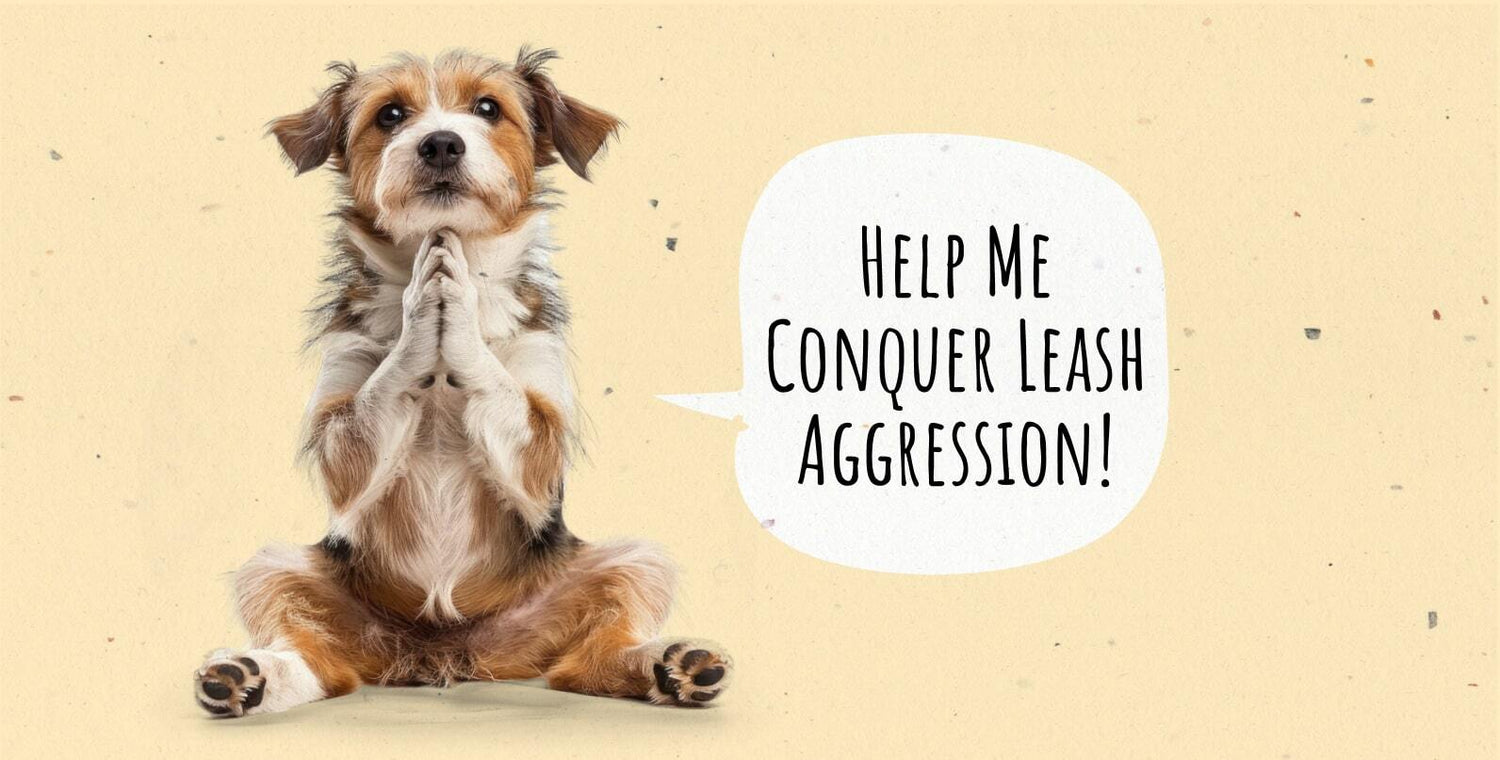


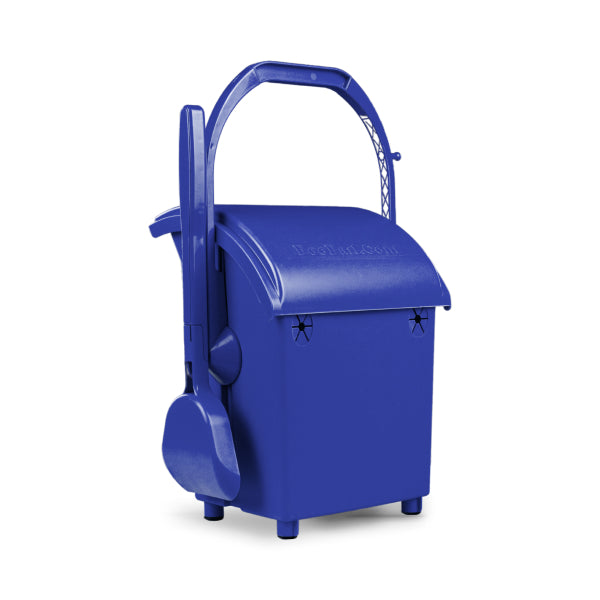
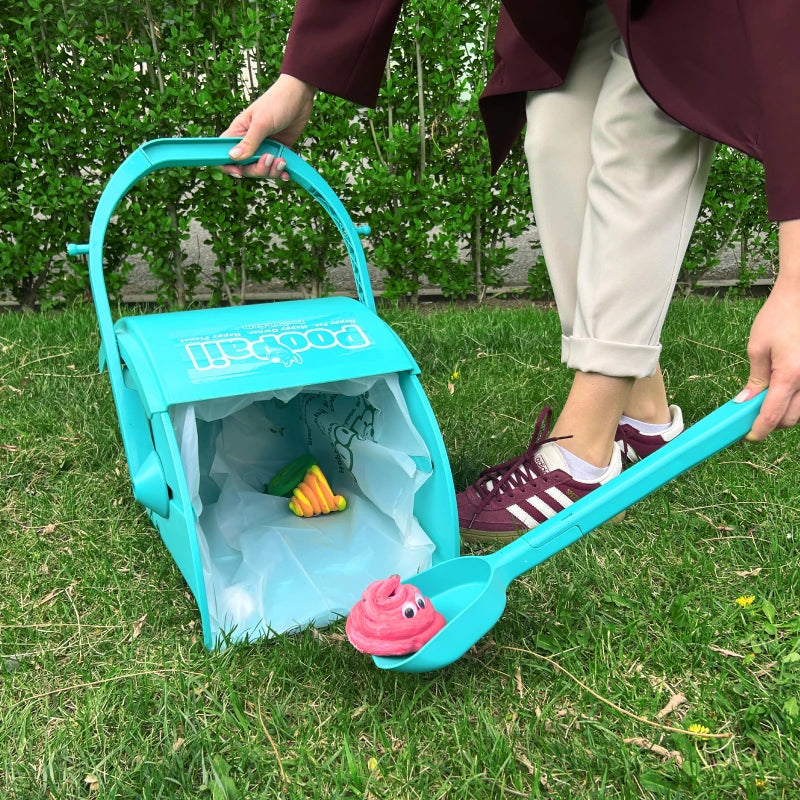
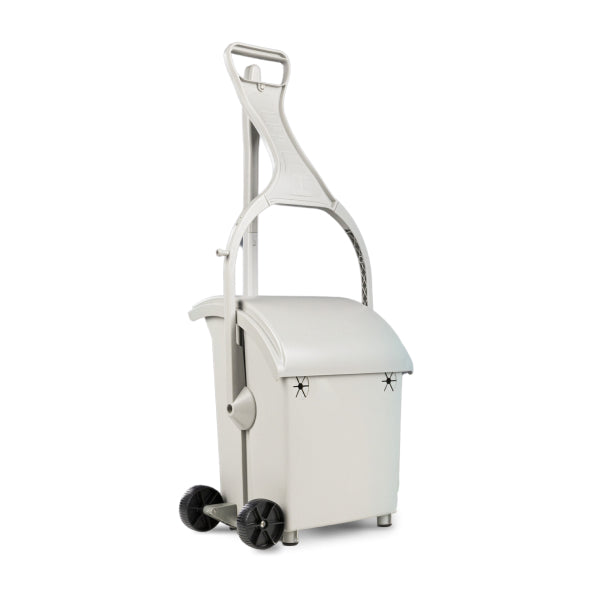
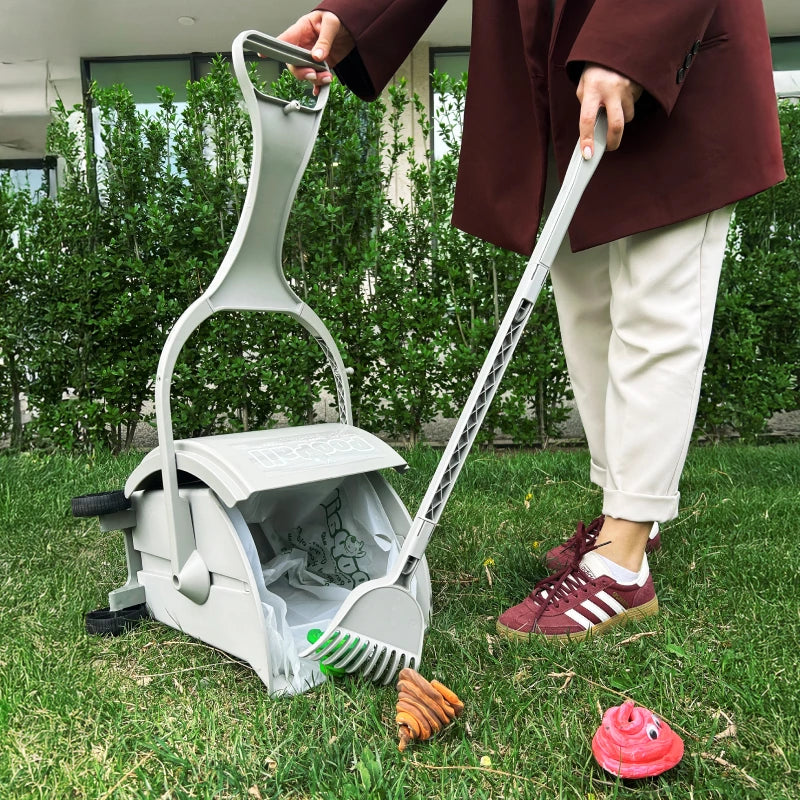
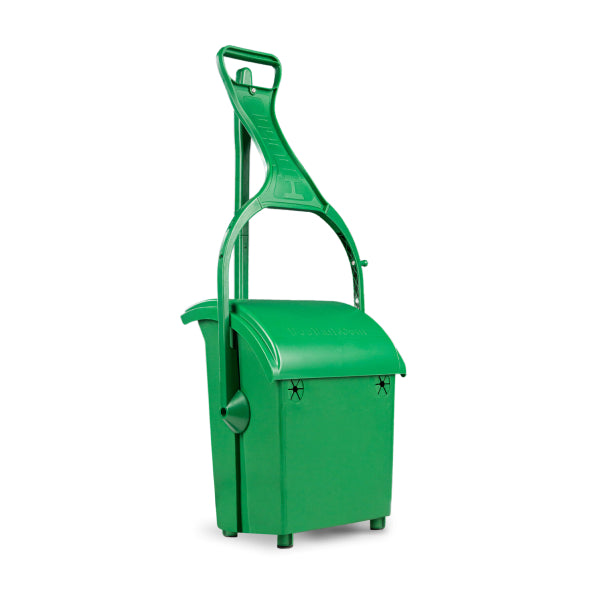

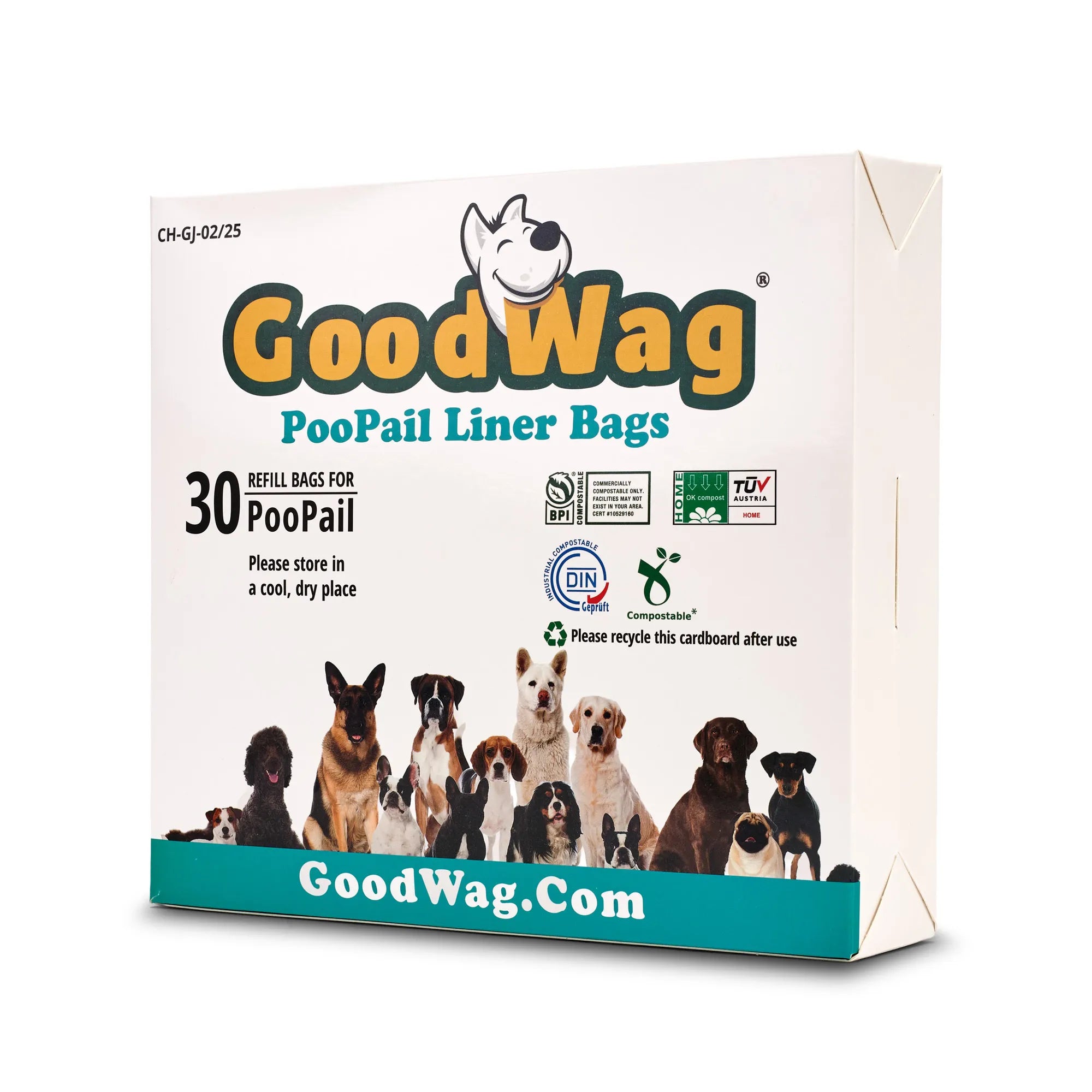

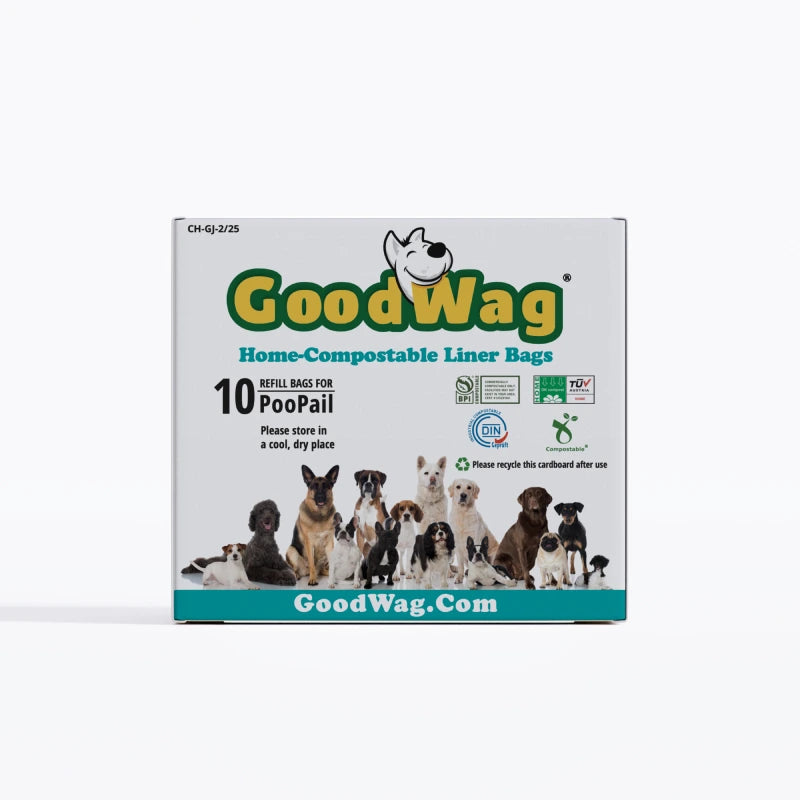

Leave a comment
This site is protected by hCaptcha and the hCaptcha Privacy Policy and Terms of Service apply.